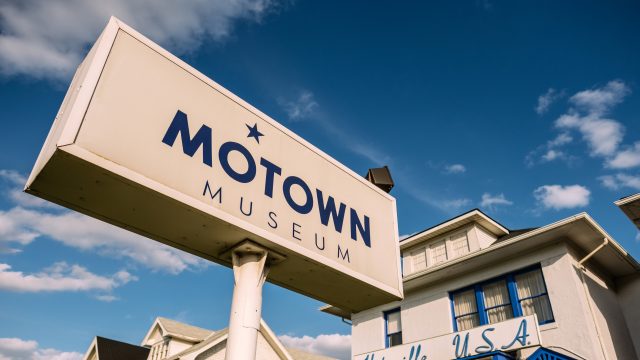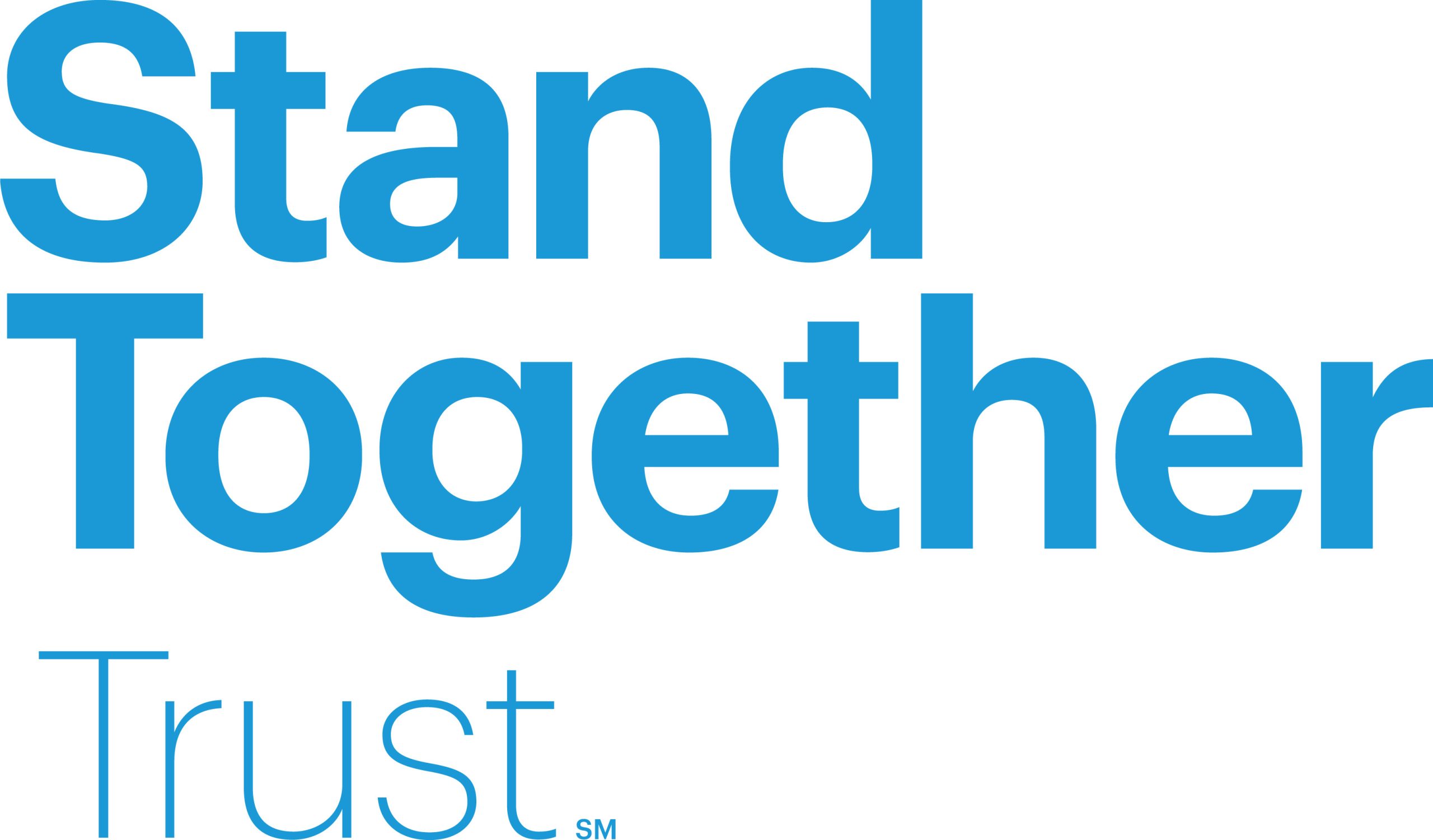What We Can Learn from Motown

Not too long ago, I took the opportunity to visit the Motown Museum in Detroit. In 1959, Berry Gordy founded Motown Records, which developed artists like the Temptations, Four Tops, Supremes, Marvin Gaye, Stevie Wonder and the Jackson 5. At first glance it seemed that Berry’s success was because he had a knack for identifying superstars but a deeper look reveals more. Motown’s success was actually built on an operating system which is similar to that of some of the most successful organizations today.
It may sound obvious, but the Motown artists didn’t come up with their hits based on one try or a single inspiration. In fact, Motown music has certain patterns and provides a clear structure, which increased the probability of success of each song. Based upon the wonderful guided tour of Motown I received, I’ve organized their approach into three strategies:
1. Continuously experimenting, learning, and iterating
2. Developing a clear process to work towards success
3. Managing with a complete picture of the market they are serving
Motown Records required artists to create 5 songs a day (25 a week), and at the end of each week, 5 were submitted for review, and only 2 were selected for recording. Along each step of the way Motown had mentors and a quality assurance committee to make sure that they were getting the best possible products every time. This encouraged artists to develop rapidly, but also got them to be comfortable with tossing out what didn’t work and improving on what was good. Motown was running a design thinking process before it was called Design Thinking. Each artist was encouraged to experiment, learn, and iterate their songs.
While the artists were working on their songs, Motown cleverly developed a process to evaluate each song. The most interesting piece of their process was the brain trust. The brain trust was an inclusive group of individuals (fellow artists trying to come up with their next hit, the secretary, people off the street) who reviewed the songs submitted by the artists to determine which should go into production. This group had clear protocols, for example, everyone had to participate but if you weren’t engaged (e.g. you showed up late) then you lost your opportunity to be in the group. The brain trust also had a clear purpose and point-of-view. All decisions needed to be decisive, everyone took part equally, demanded the best, brought in fresh perspectives, and songs needed to be considered in real-world context. I can image that the brain trust was a highly effective and efficient team which got a lot done.
Artists weren’t left to figure out things they didn’t have expertise in, including which venues to sing in, what to wear, how to talk, and how to dance. Motown provide a series of experts in many areas, which increased the probability of success of each song. Motown understood that it’s not just the song that makes a hit, but the full package which included how the artist dressed, danced, spoke, and where they showed up. I was extremely impressed with this. Often we just assume that the end product experience just comes together through heroic or talented individuals. However, stardom is often designed and requires a team of experts.
Over the course of just a few weeks, SXSW will bring together different industries, like music, film, health, digital, and education, to converge on Austin and think about the new developments and new challenges in their fields. And common among those conversations will be the people that power those organizations, and how people work together to create and achieve. True across all industries, I have been thinking about this topic extensively as it relates to K-12 education. The importance of how K-12 organizations can support or stymie creation and success led me to write a new book on organizational design, “The New School Rules: 6 Vital Practices for Thriving and Responsive Schools”. In this book, co-authored with Alexis Gonzales-Black, we describe 6 practices, which both hold true across industries as well as support education organizations, to help organizations become more responsive to new conditions and information:
- Planning: Plan for change, perfection
- Teaming: Build trust and allow authority to spread
- Managing Roles: Define the role before you define the people
- Decision-making: Aim for safe enough to try versus consensus
- Sharing Information: Harness the flow, let information go
- Learning Organizations: Schools grow when people grow
These 6 practices are experienced through 15 experiments you, your team, or your organization can try to validate as you work towards a more responsive organization.
As Motown figured out, inspiration and individual talent is just one step in the journey of an individual’s, team’s, or organization’s success. Continuously evolving your work, having agreed upon systems for teams to operate within, and making sure you have the full context in mind, leads to sustained and repeatable success. As the democratization of information becomes the norm and technology advances forces us to engage with each other differently, our ability to work together and quickly respond to changing conditions will be the skills that prepare us for the future the best.
Photo by iStock.com/Sisoje Education Elements.
Guest post courtesy of

Anthony Kim
CEO, Education Elements
Anthony Kim's session at SXSW EDU 2018: Future of Organizations:6 Keys to Evolving Schools
By Guest
11/13/2017

